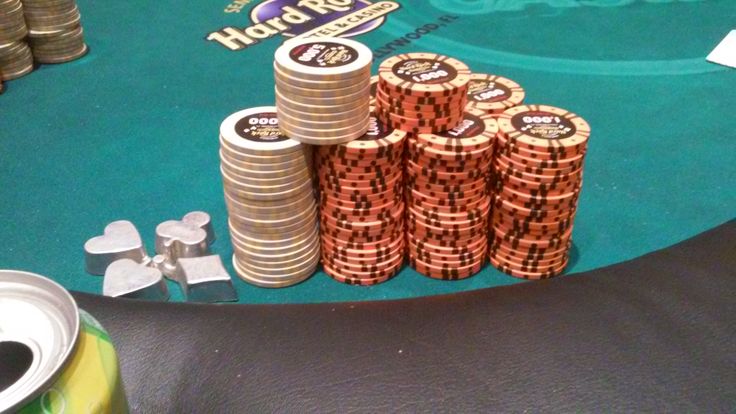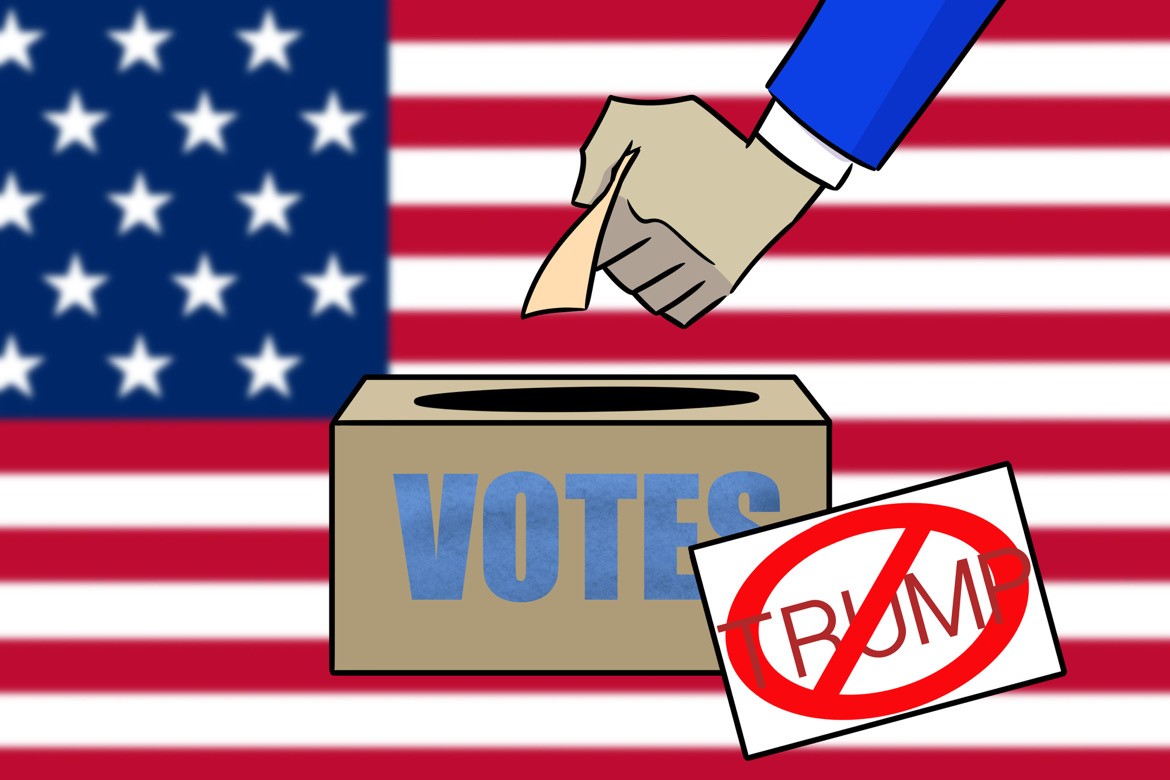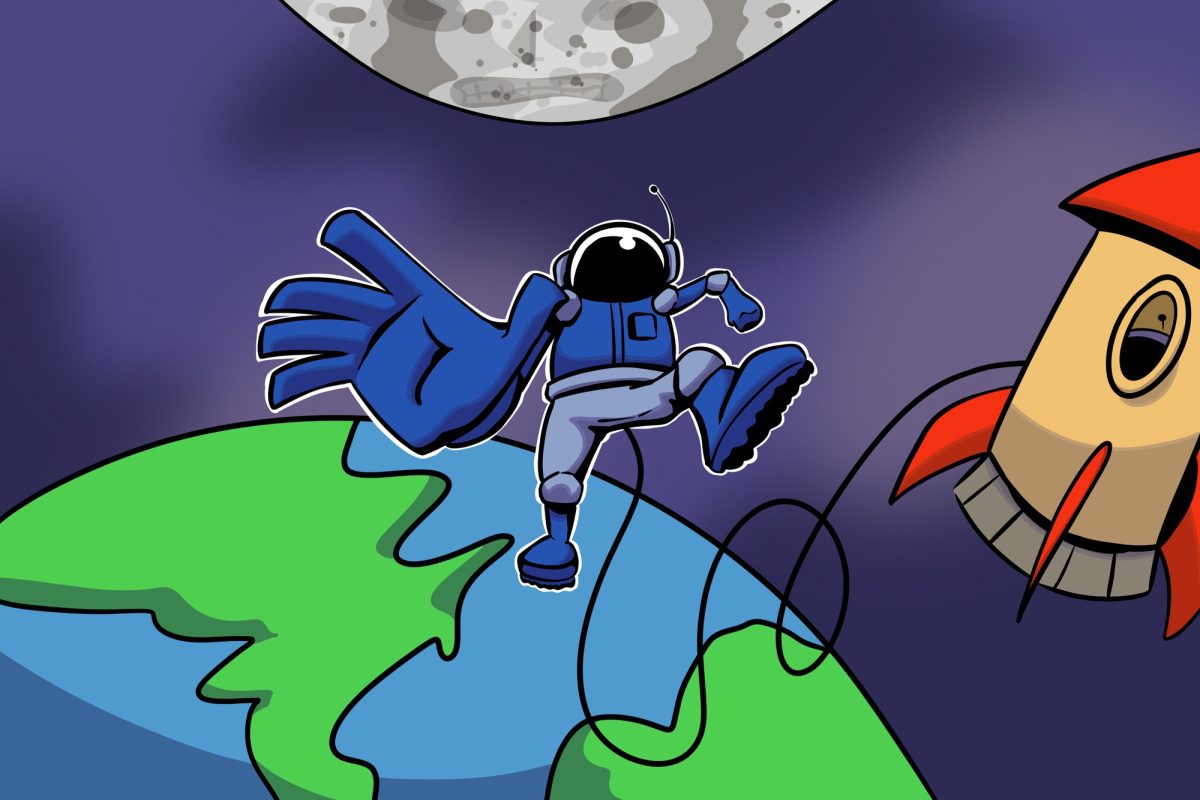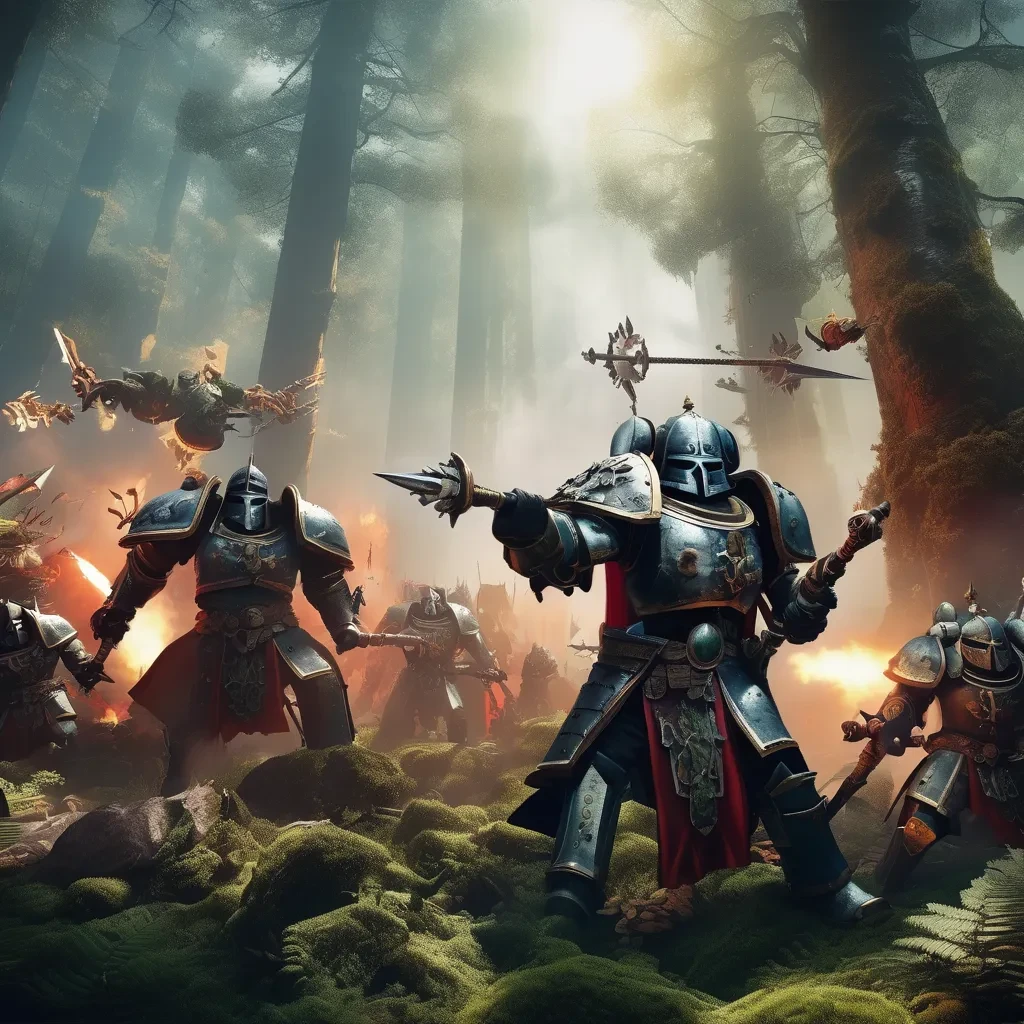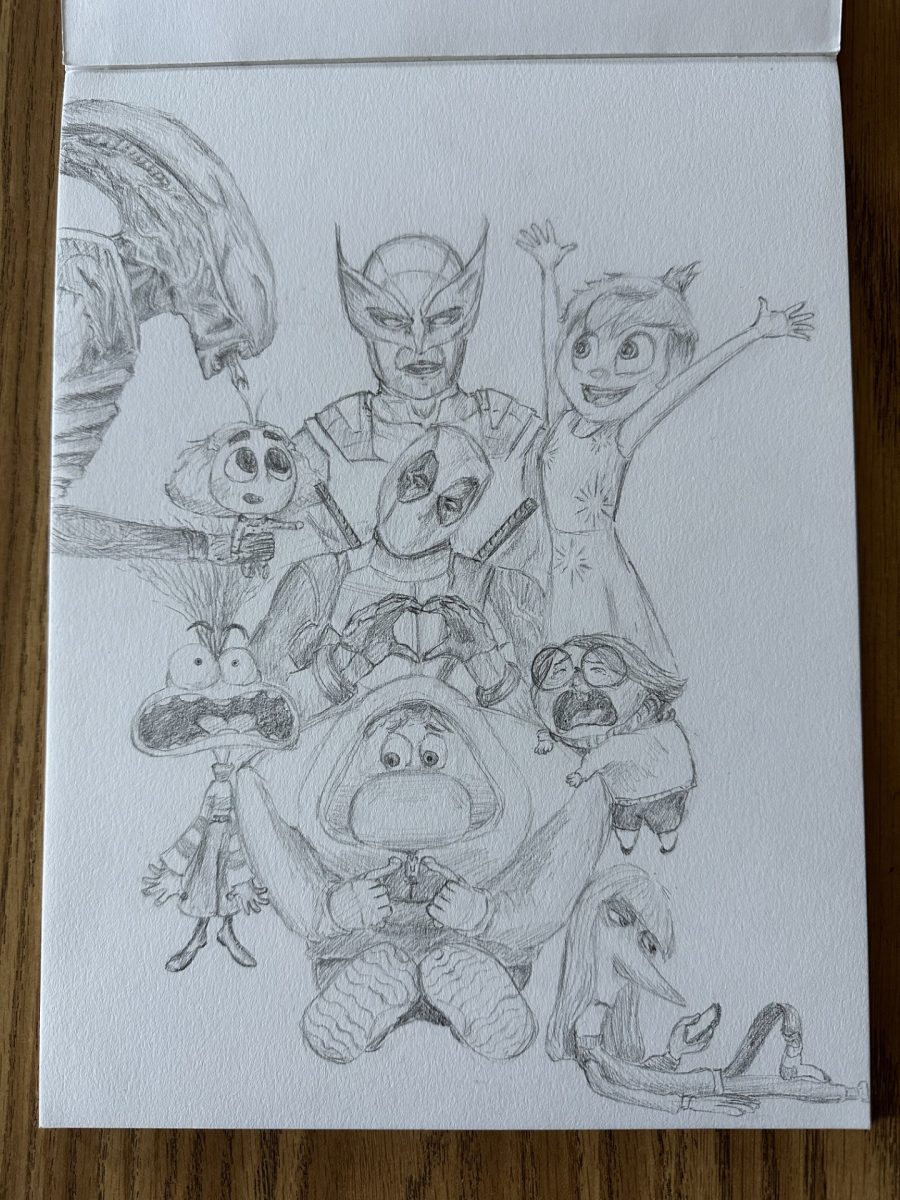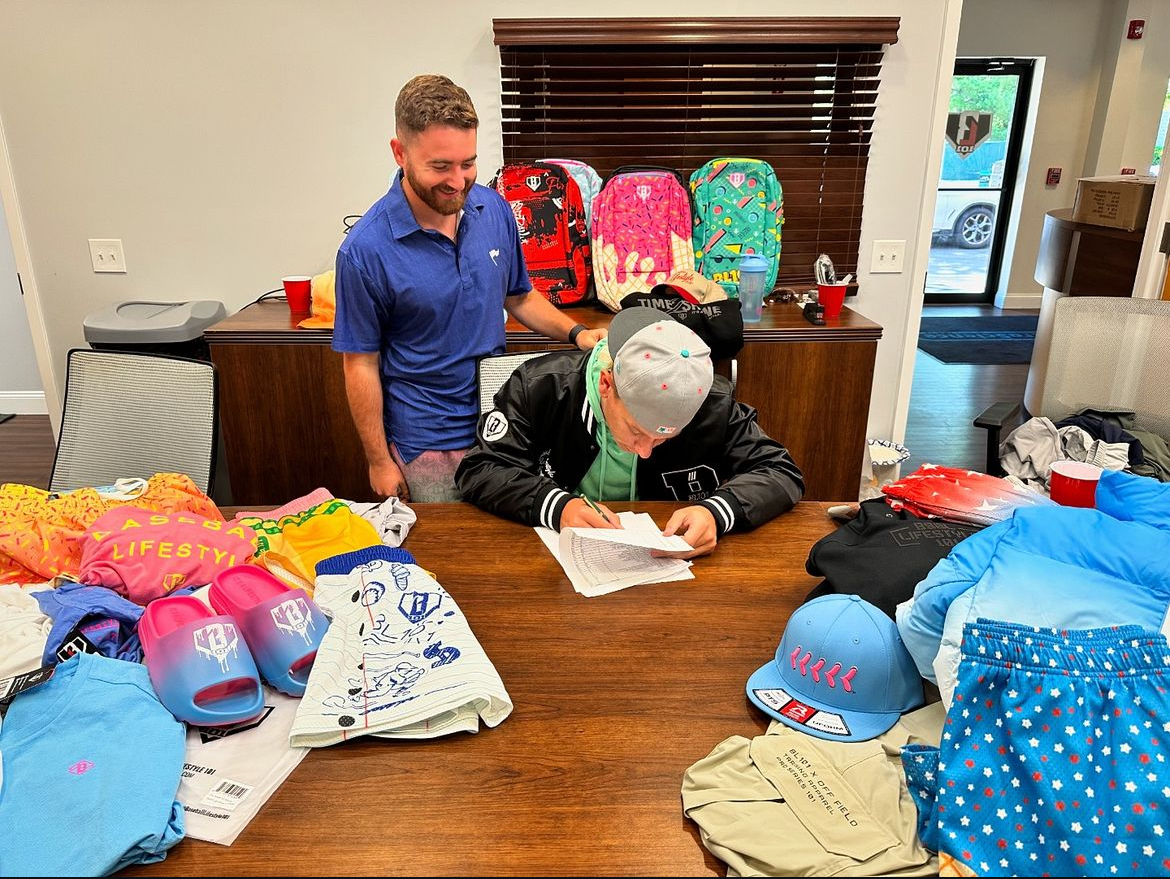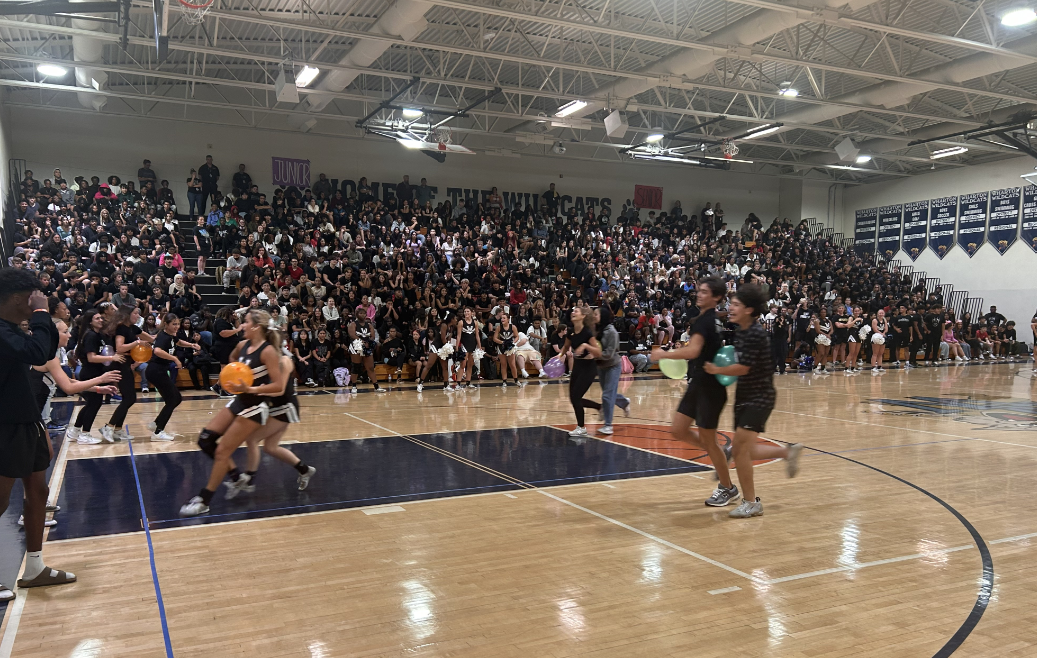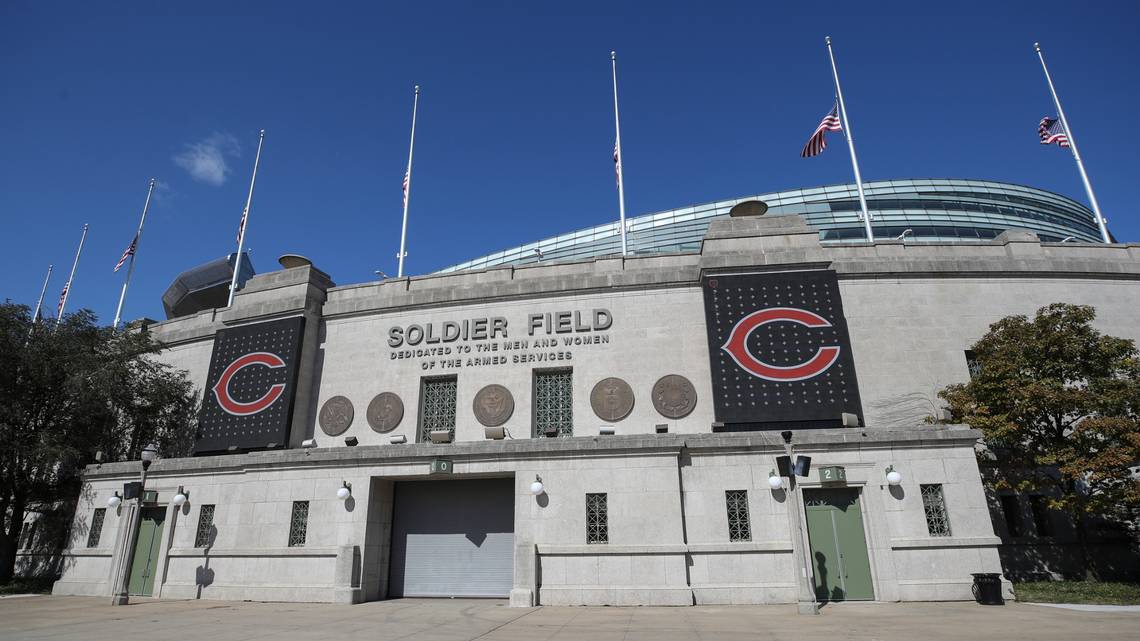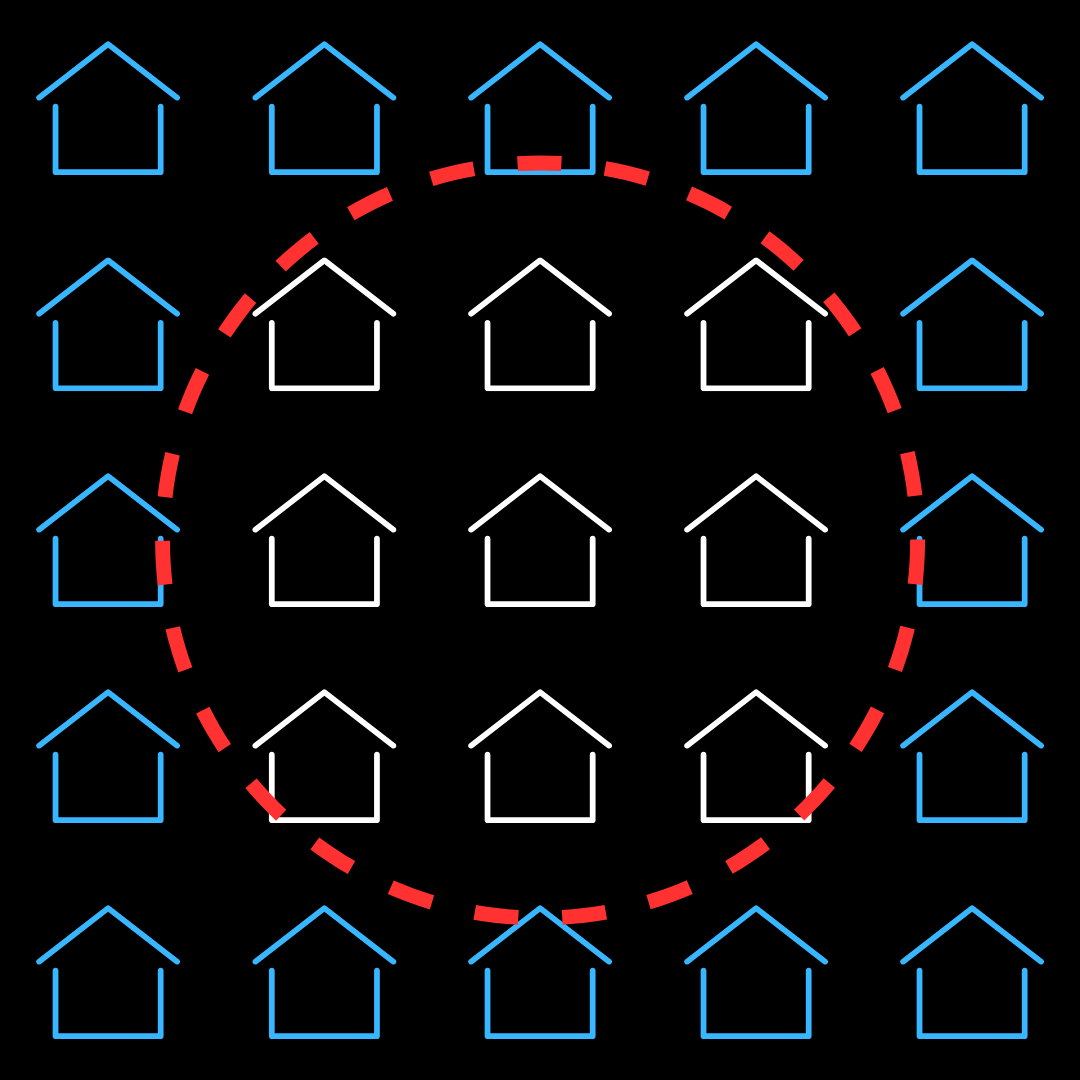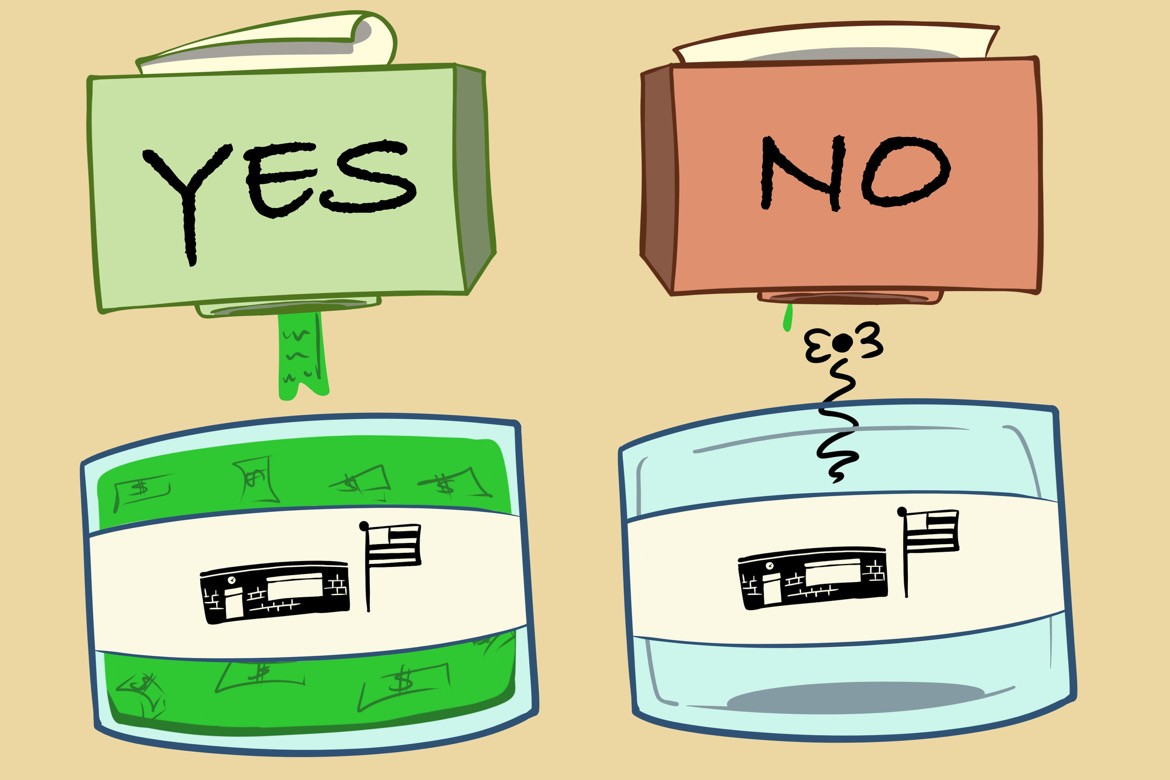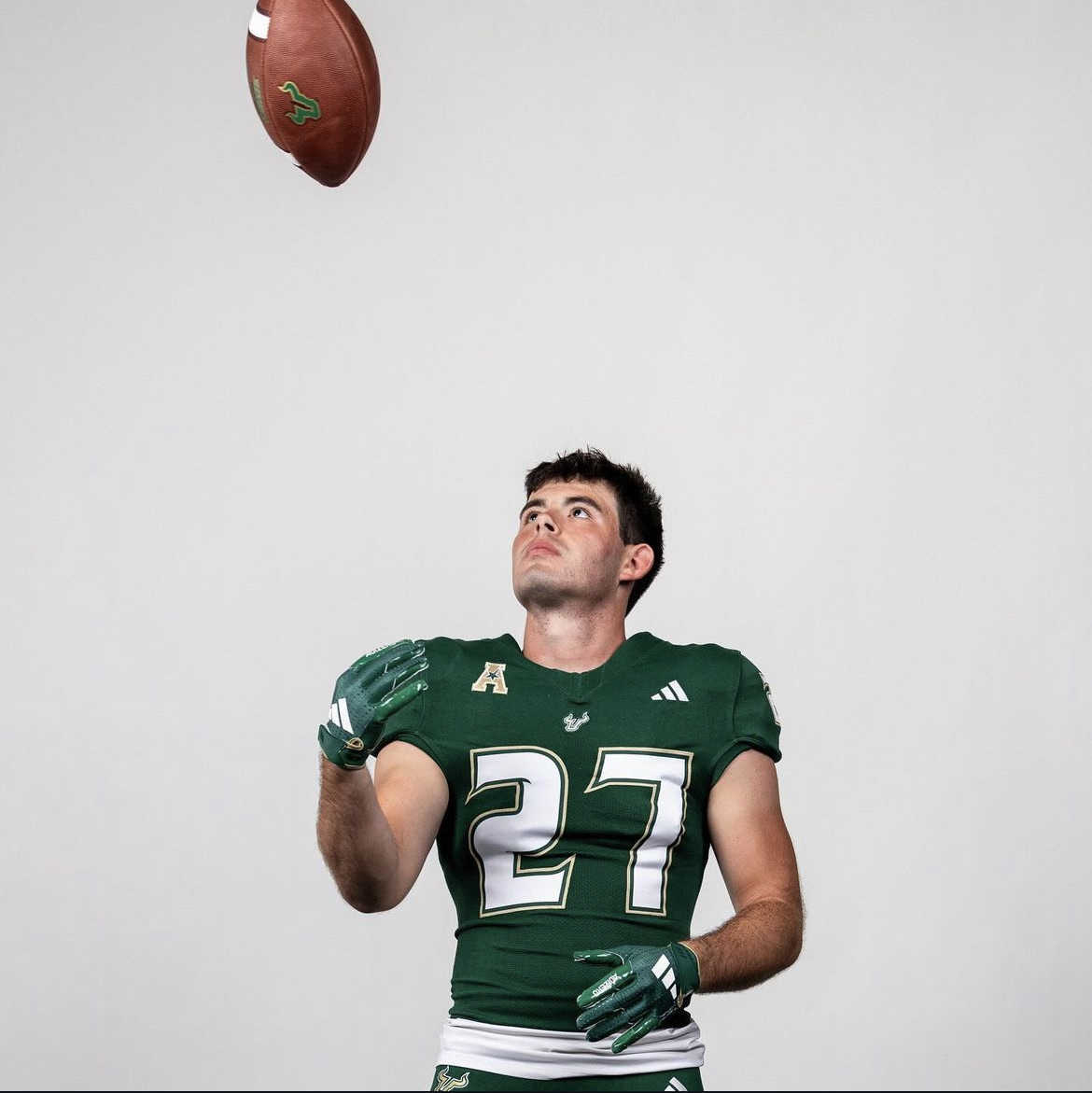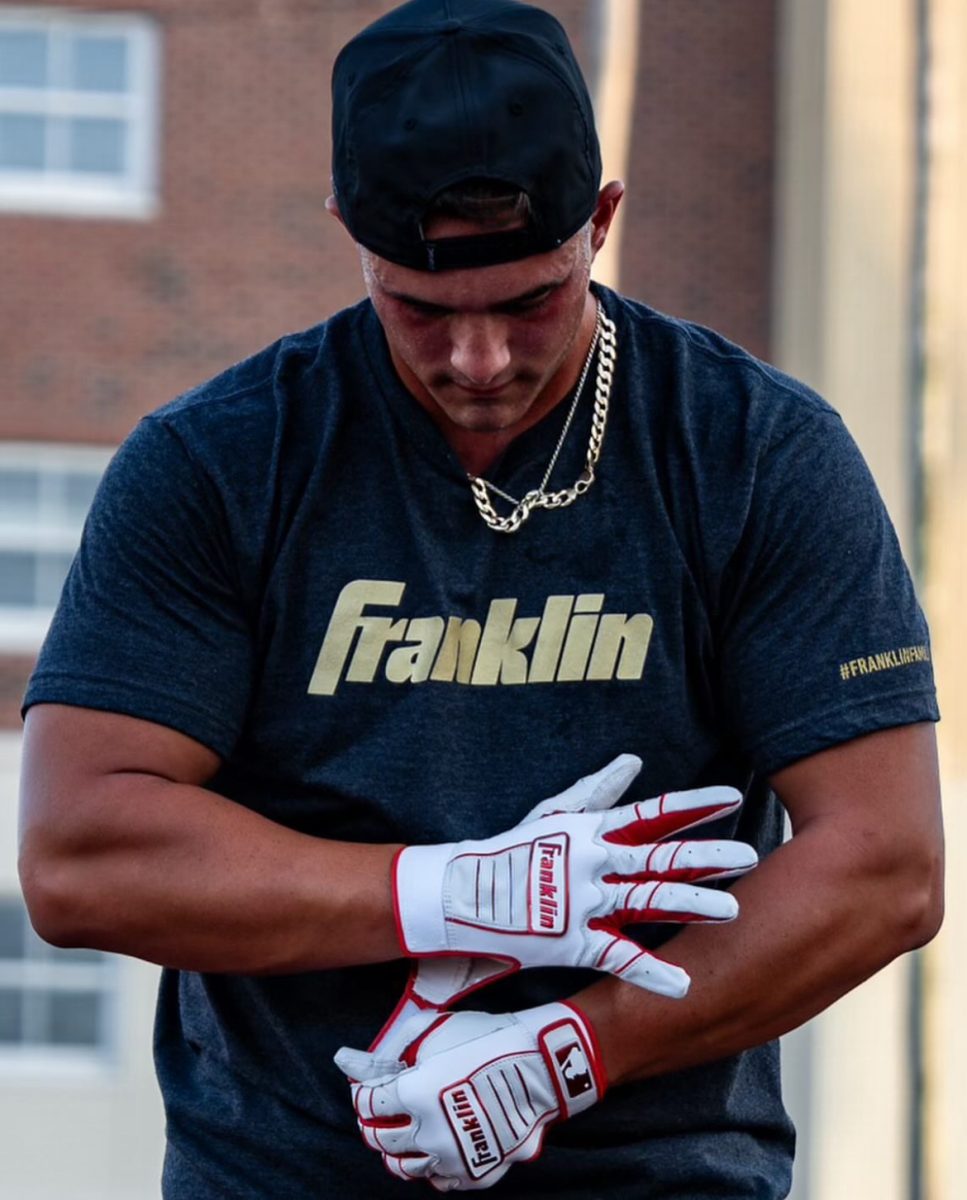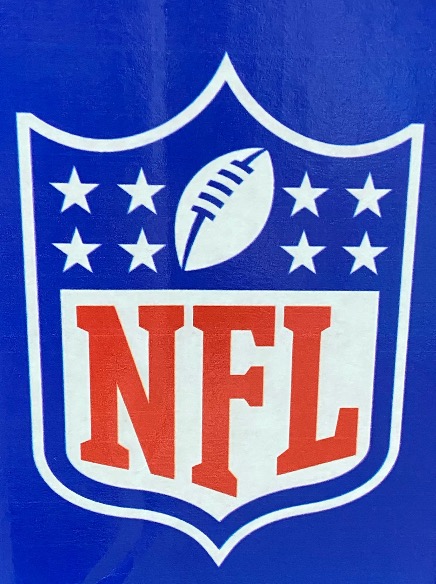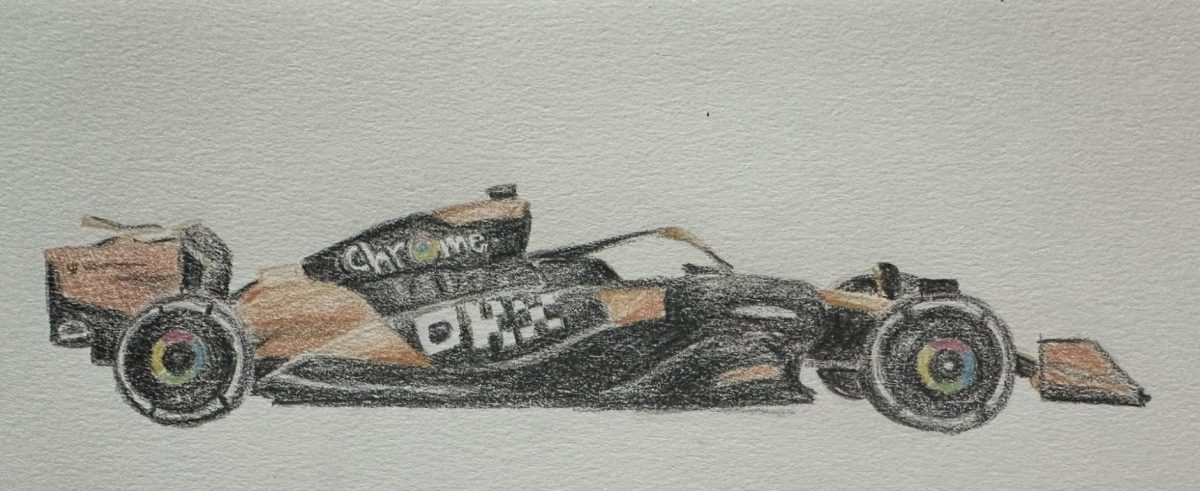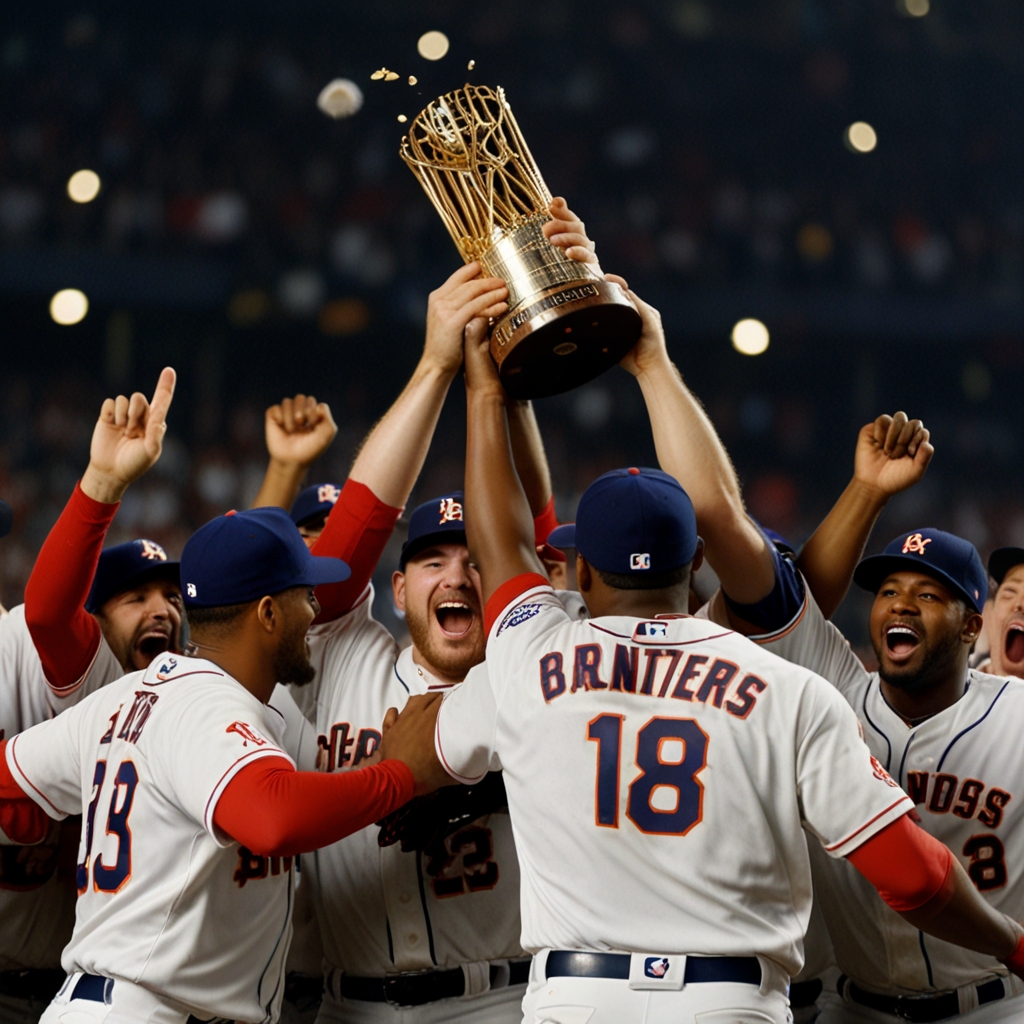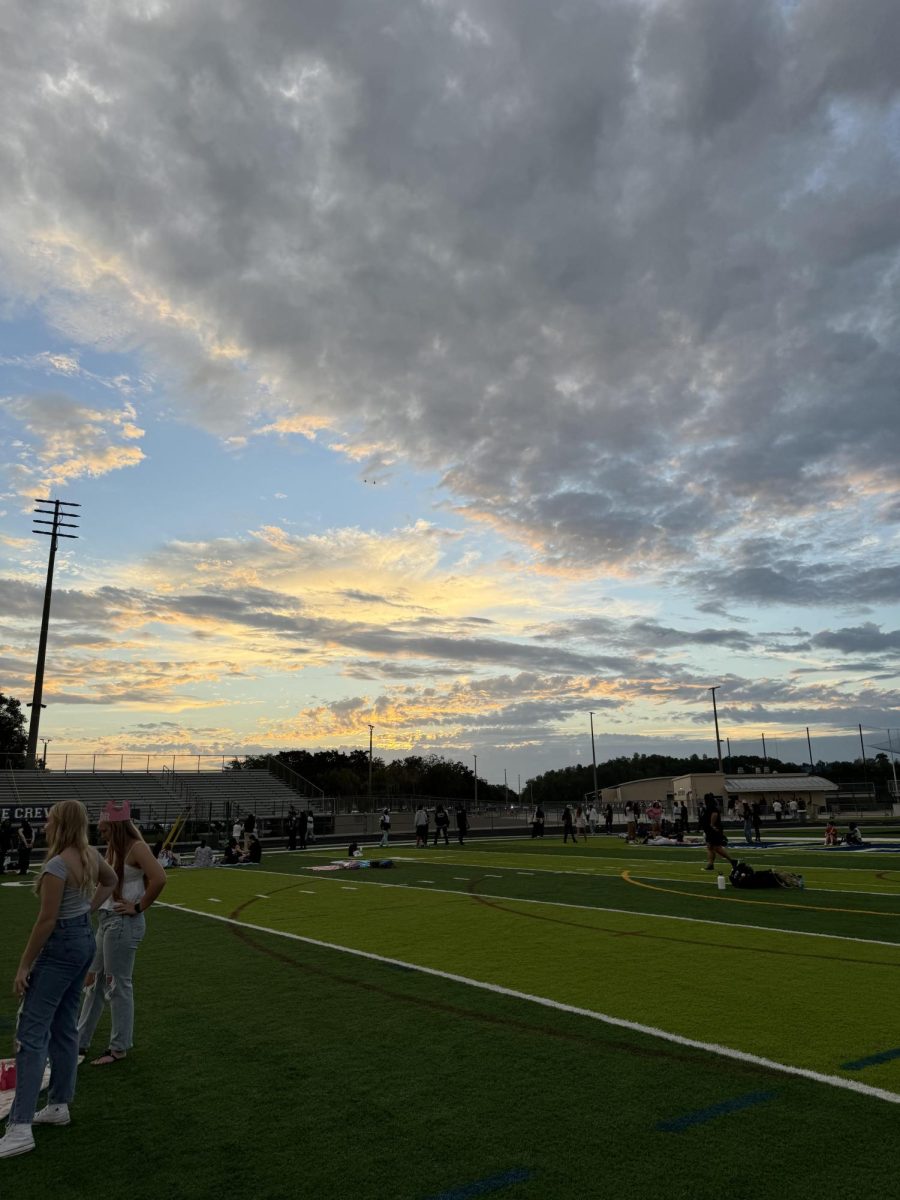In college sports, the rise of Name, Image, and Likeness (NIL) deals is more effective than ever before. Before these new rules were applied, the commercial exploitation of an athlete with his or her personal brand was forbidden. But things changed drastically when, in July 2021, the NCAA allowed athletes to profit from their own name/image. This new shift has created a lot of debate, promising opportunities yet also challenges for student-athletes.
After all, NIL deals have finally given recognition to the value that college athletes bring to their usually winning programs. Colleges and universities have benefited from multi-million-dollar television contracts, sponsorships, and merchandising that come with collegiate athletics. But the athletes, who put in most of their time and effort in training and competing, were not allowed to share in this revenue.
“NCAA president Charlie Baker proposed in December a plan that would allow schools to pay players directly for their NIL, though talks have softened as the landscape continues to change from state to state as the NCAA also faces a rash of court injunctions and legal threats. At the forefront is a massive class-action lawsuit that could lead to the NCAA and its conferences paying former players as much as $4.2 billion in back pay for NIL” (NIL Landscape in College Sports Changing: NCAA Losing Its Grip, Amateur vs. Employee Battle Looms by Brandon Marcello).
The change in the NIL rule caused a turning point in this unfairness by creating the opportunity for athletes to seek endorsements, and other sources of income.
“College athletes collectively made an estimated $917 million from NIL payments in the first year, with the most lucrative deals flowing to football and men’s basketball stars” (The Current State of NIL by Josh Moody).
For athletes, the ability to capitalize on their own personal brand is game-changing. It offers them financial relief, which is important to athletes, especially those that come from diverse backgrounds. The more visibility and financial support they receive, the higher their marketability will be for professional careers outside of, or related to, sports.
“Before NIL, the choice to remain in college or join the true “pay for play” professional ranks was a black and white, all or nothing decision. An athlete could choose to stay in school and earn no money or leave school to earn money. With NIL, players now have the option to continue their education and earn money, and many have chosen to do so” (Why NIL Has Been Good for College Sports… and The Hurdles That Remain by Jay Bilas).
Yet, this new era of NIL does come with its problems and issues. The most essential would be the differences between the different sports and different school athletes. High-profile sports, such as football, basketball, and baseball are likely to receive larger endorsements, whereas less popular sports can hardly reach those kinds of deals. This is how opportunities become one-sided and tilted towards selected people. This creates divisions among them and consequently opens the door for the emergence of problems relating to equity and morale at the team level. Athletes could very easily get caught up in themselves, making them forget the reason they are there to begin with, which is to succeed both on and off the field/court exemplifying their name as a “student-athlete.” This is an opportunity to be cautious within the new reality that universities and their athletic departments need to make sure they do not lose their core values regarding education and sportsmanship.
While the beginning of NIL deals embraces a new era in collegiate athletics, it leads us to exciting possibilities and significant challenges. The higher end athletes will be able to make money while still sticking to their core values. This move into the future of college athletics is accomplished by creating an environment that provides equal availability of NIL opportunities and upholds the integrity of student-athletes.


